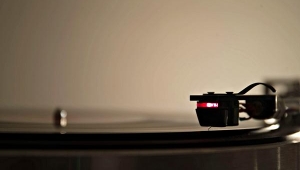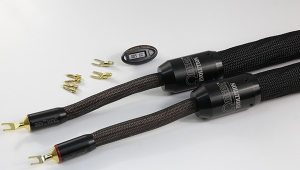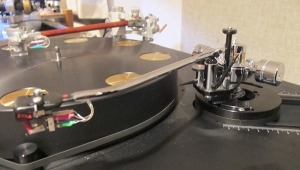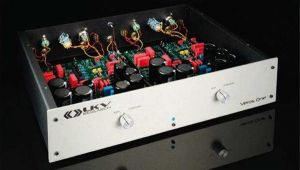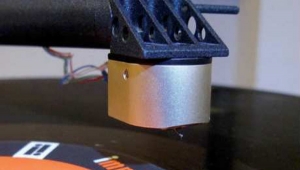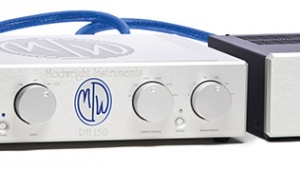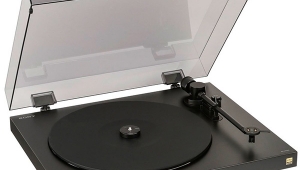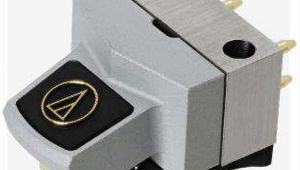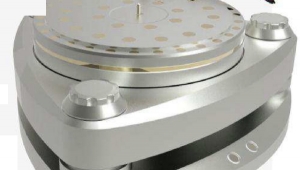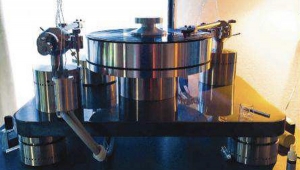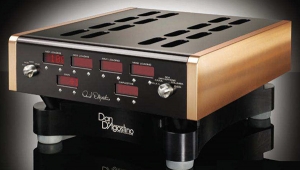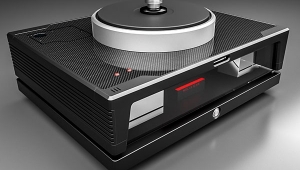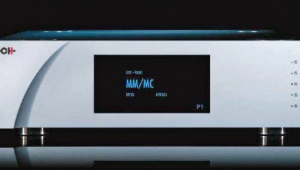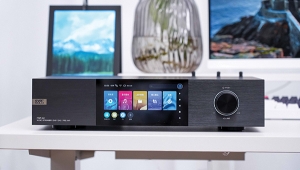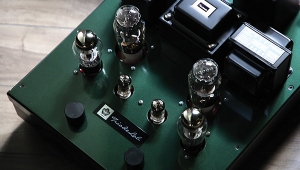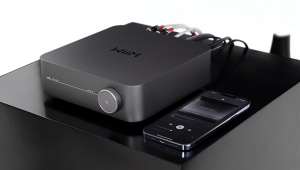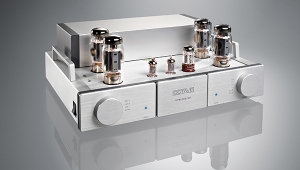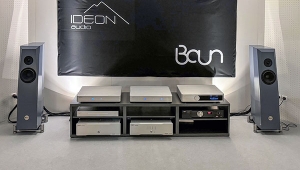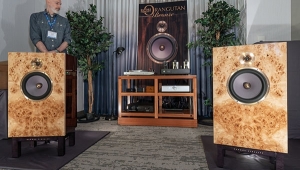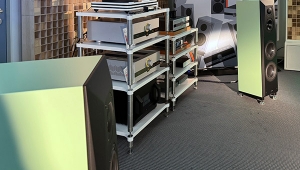| Columns Retired Columns & Blogs |
Analog Corner #253: Mikey Gets Ortofon SPU'd
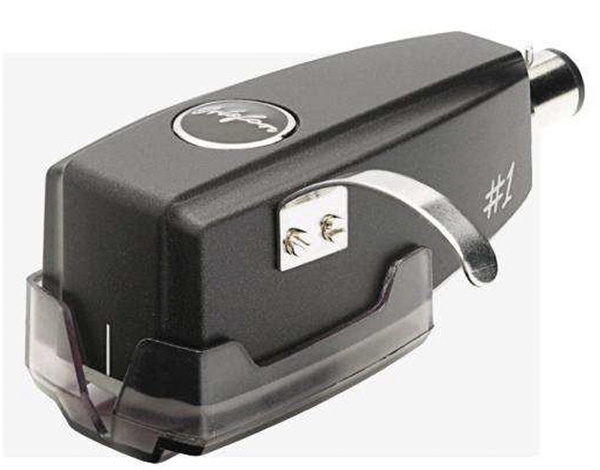
Last spring, at the High End show in Munich, I met with Leif Johannsen, R&D manager and chief designer of Ortofon (footnote 1), who walked me through the company's exhibition. Among the new products he showed me were two low-cost, low-output SPU (stereo pickup) moving-coil cartridges.
Footnote 1: Ortofon A/S, Stavangervej 9, DK-4900 Nakskov, Denmark. Ortofon Inc., 500 Executive Boulevard, Suite 102, Ossining, NY 10562. Tel: (914) 762-8646. Fax: (914) 762-8649. Web: www.ortofon.com.
In SPU cartridges, which have been around since the late 1950s, the cartridge is integrated with a plug-in headshell, usually with an output-pin arrangement in the SME or "international" (as opposed to EMT) pattern. There are many variants of the basic, iconic SPU design, but most are high-mass, low-output, heavy trackers known for their old-school warmth and musicality. But in all the years I've been doing this analog job, I'd never had an SPU in my system.
Robert Gudmandsen was a principal developer of the SPU. Created at the dawn of the stereo era, the rugged SPU quickly became a broadcast standard. To this day, Ortofon SPU cartridges enjoy cult followings in Japan and elsewhere, and comprise what is probably the longest-running cartridge line in the history of audio.
Most SPUs have wide bodies. Originally molded of Bakelite, these bodies are nowadays made of a variety of materials, including composites of ground wood and resin. Most have a pleasingly retro look and are fitted with large, easy-to-use finger lifts.
Leif Johannsen told me that Ortofon decided to produce two low-priced SPUs so that more people could afford them and enjoy their particular sound. Their new SPU #1 comes in two flavors: the SPU #1S with spherical stylus ($599), and the SPU #1E with elliptical stylus ($659)—hence the model names.
The biggest cost saver is a switch from a nude to a tipped stylus, in which the diamond is first set in a metal holder before installation in the cantilever. The disadvantage of such a design is its higher mass, which produces slower response and generally less detail. However, SPUs are not known for their ability to retrieve detail, but rather, in Johannsen's words, for their "very special musical sound quality."
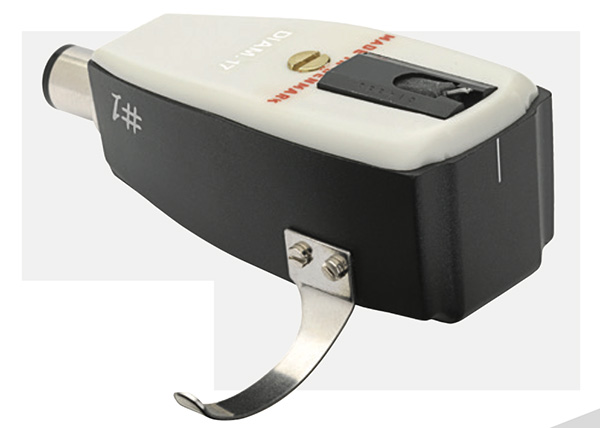
The #1S, in particular, must miss a great deal of detail; the relatively large radius of its spherical stylus (18µm) results in a contact area that can't go deep into the groove, or fit into the tiny modulations in the groove wall that represent the highest frequencies—especially in the more tightly packed inner grooves. In addition, as the stylus rides up and down the vertical modulations, there's a time delay at the crest of the modulation as the rear edge of the spherical stylus hands off to the front: The smaller the area of contact, the quicker that handoff. The #1E elliptical version's better groove-tracing abilities should retrieve greater detail, but by the standards of today's severe stylus profiles (line contact, Shibata, Replicant, etc.), even the #1E's elliptical stylus, with its own 18µm horizontal radius, is old-school wide (but the vertical radius of its footprint is 8µm).
So what's the attraction? That's what I was determined to find out when Johannsen offered to give me samples of both #1 SPUs then and there in Munich, at Ortofon's booth. I knew they rightly belonged in the hands of Art Dudley—he's more familiar with SPUs, and I figured they better fit his taste in sound—but I was determined to listen to them before sending them on to Art. And here I am in SPU Land for the very first time.
I'm not a big fan of the old-school, SME-type collet: It's not exactly the most rigid connector out there, and there's nothing good about having an electrical break—or three—between the cartridge's low output and the tonearm cable plugs. There are three breaks in a standard SME headshell: one for the cartridge clips (as in all tonearms), one at the back of the headshell, and another at the collet. The SPU eliminates two of those because the cartridge is hardwired to the headshell pins.
Klaudio's Peter Cheon to the Rescue
For the reasons set out above, I don't own a tonearm with an SME-type collet. Fortunately, a few weeks before the Munich show I got a text message from Peter Cheon, developer of Klaudio's KD-CLN-LP200 ultrasonic record-cleaning machine (footnote 2). He would soon be visiting New Jersey, and wondered if he could swing by my place.
Cheon showed up with his non-audiophile nephew, who serves in the armed forces, and with a new pivoted, tangential-tracking, collet-terminated tonearm (price and model number to be determined). He also brought with him a massive outboard tonearm-mounting tower that would allow the arm to be used by positioning the tower the appropriate distance from the turntable spindle. We set it up next to the recently reviewed George Merrill GEM Dandy PolyTable (footnote 3), and had a listen using an Empire 3000 cartridge that Cheon supplied, but there wasn't time to seriously evaluate and review the arm before the PolyTable had to be returned to GEM Dandy Products.
A review sample of VPI's Prime turntable had arrived shortly after my return from Munich, so with the Klaudio tower parked next to the Prime I set up the Klaudio tonearm for the SPUs. Because its headshell doesn't have slots for adjusting cartridge position, an SPU can be adjusted only by changing the pivot-to-spindle distance, as with an SME tonearm's sliding base. The Klaudio arm-setup procedure lets you adjust the arm's effective length without moving the base. The factory-supplied jig is marked with overhang positions for SPUs (of which there are two variants in terms of stylus-to-mounting collet dimensions, but that's for Art to discuss; footnote 4).
This was not an ideal review situation: I was using an unfamiliar tonearm, an unfamiliar turntable, and TruLife Audio's new, somewhat unfamiliar, all-tube Xactive Argo phono preamp. (I'd previously heard the Argo for a while with the Lyra Etna SL cartridge in the Swedish Analog Technologies arm, and I later auditioned the new Ortofon SPUs with a leaner, faster, solid-state phono preamp.) But sometimes you have to go to war with the army you have, not the army you want. As for the Klaudio arm, it requires more discussion than I have space for here. Next time.
Particulars
Other than their stylus profiles, the #1E and #1S are identical, including their very low output: 0.18mV. This means that the recommended loading and compliance are also low, at <10 ohms and 10µm/mN, respectively. The vertical tracking force is high, at 4gm. Yes, four grams. The trackability is rated at 65µm. The SPU is very heavy: 30gm. The spherical stylus has a radius of 18µm (0.0007", or 0.7 mil), the elliptical 8 by 18µm (0.3 by 0.7 mil).
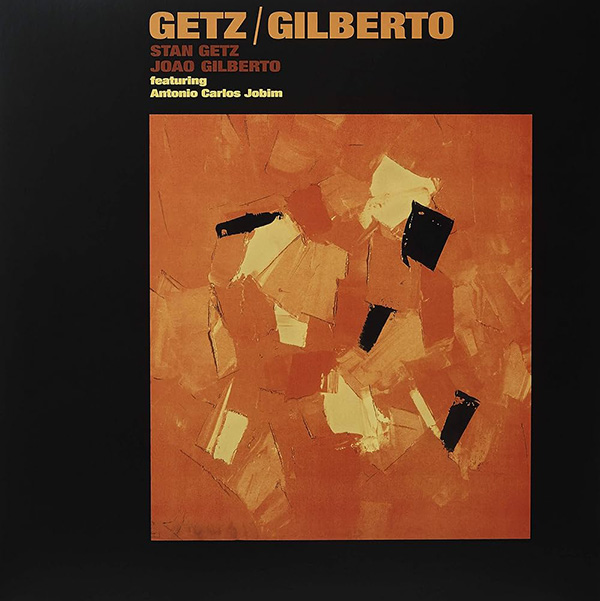
What's All the Fuss About SPUs?
While I'm not happy tracking an LP at 4gm, when I played my first record with the SPU #1E—Stan Getz and João Gilberto's Getz/Gilberto (two 45rpm LPs, Verve/Analogue Productions AP 8432-45)—I immediately, and much to my surprise, got what the SPU cult is all about.
Footnote 1: Ortofon A/S, Stavangervej 9, DK-4900 Nakskov, Denmark. Ortofon Inc., 500 Executive Boulevard, Suite 102, Ossining, NY 10562. Tel: (914) 762-8646. Fax: (914) 762-8649. Web: www.ortofon.com.
Footnote 2: Klaudio, 2840 W. Valley Highway N., Auburn, WA 98001. Tel: (253) 249-7813. Web: www.klaudio.com
Footnote 3: Reviewed in "Analog Corner" in the August 2016 issue.
Footnote 4: I now have the #1S and #1E in-house, and I plan to have a Follow-Up ready for the December issue.—Art Dudley
- Log in or register to post comments
